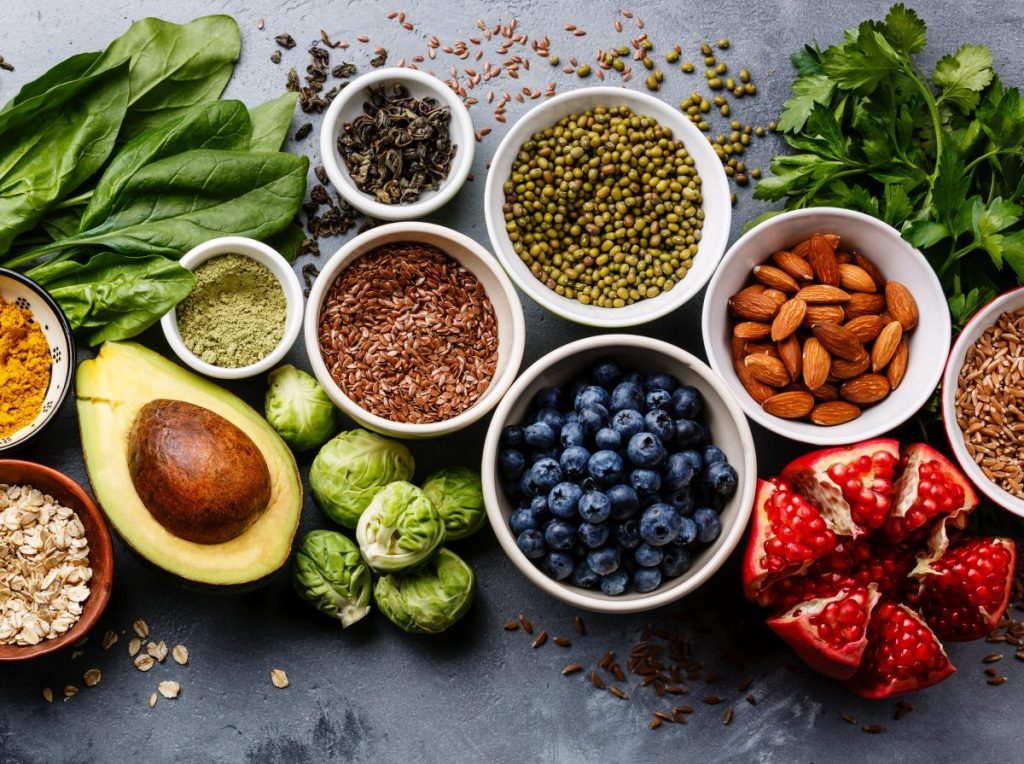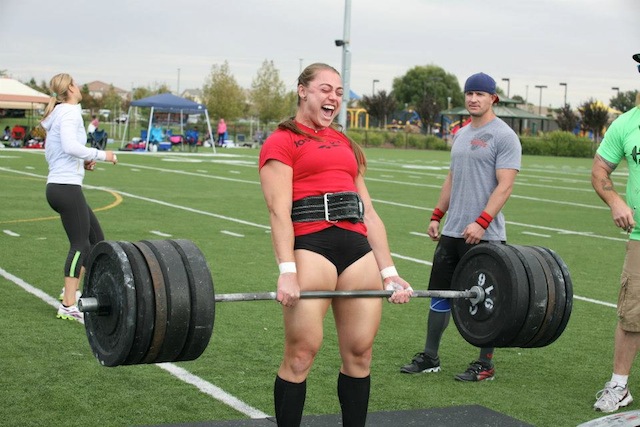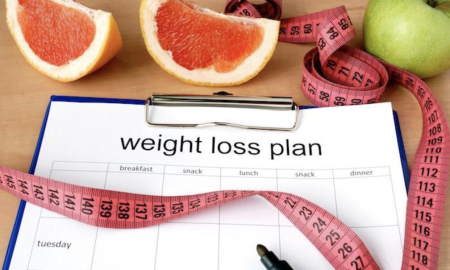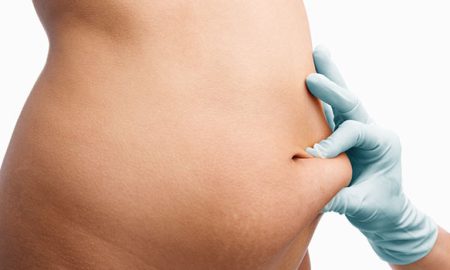
More and more people are going plant-based. In fact, in March 2020 it was estimated that over 9.7 million Americans now identify as plant-based. That’s around 3% of the population, and this number has been rapidly growing for the past few years.
It is effectively a vegan diet, with an emphasis on only eating produce from non-animal sources. Major celebrities, athletes and influencers share the benefits of how they feel and perform on a plant-based diet. So, if you want to jump on board, let’s take a look at what you can and cannot eat on a plant-based diet.
Benefits Of a Plant-Based Diet
There are many benefits of eating a plant-based diet. So, before we dive into a plant-based diet guide, let’s discuss some of these great benefits, starting with the benefit to animals. Of course, this isn’t the reason everyone decides to go plant-based, but it is worth mentioning. More and more people are feeling averse to the fact that we raise and slaughter so many animals a year for meat consumption, feeling it is bad for the environment and unfair to the animals. If this is something you feel even mildly about, a plant-based diet could be for you.
Other benefits of going green include a variety of reported health benefits. For example, studies have shown that going plant-based – and therefore removing meat consumption – has great effects on the heart such as reduced blood pressure and lowered cholesterol. It also helps people lose weight, reduces the risk of diabetes and can even be shown to help in fighting certain cancers.
What You Can’t Eat
So, you like the sound of that and want to go plant-based. OK, great! Let’s take a look at what you’ll need to cut out to achieve becoming fully plant-based.
● Meat or Fish
It may seem obvious, but it’s worth mentioning! In a plant-based diet, there is absolutely no meat or fish on offer. Cutting meat doesn’t matter, as you’ll get enough protein in your diet from leafy greens and meat alternatives. However, cutting fish can make some people deficient in Omegas. So, you may want to consider omega supplements if you are plant-based.
● Dairy
As we are not consuming anything from animals, dairy is also off the table. That means all milk and cheese. Again, you’re not missing anything here as there are some great alternatives available now. Pizza with or without vegan cheese, oat or soy milk in your coffee, or vegan parmesan on a salad. All great, all plant-based!
● Eggs
Eggs are, of course, also not included in a plant-based diet. As they are produced by chickens, eggs do not come under either the vegan or plant-based umbrella. If you’re desperate for an alternative, there are some great recipes for scrambled tofu online! Plus, some restaurants now create plant-based egg alternatives in salads and sandwiches.
● Gelatine
Gelatine is in many sweets and jellies. It often catches out new vegetarians as it is made from animals. It’s made by boiling down tendons, bones and ligaments, meaning it’s certainly not plant-based. However, if you have a crazy sweet tooth, don’t fear, as there are more and more vegan sweets hitting the market these days.
What You Can (And Should) Eat!
Now, plant-based is not all about cutting things out. It’s about diving into a world of great food! Let’s have a look at the great things you can and definitely should eat!
● A Variety Of Veg
Veg doesn’t have to be boring! There are so many different vegetables to use in an amazing array of recipes. Veg-based pies, stews, salads, and soups are just the start. You can create a fully vegetable-based chilli, bolognese, or curry that can easily rival its meat-based alternative. Rich, leafy greens give you protein and essential nutrients, while root veg add depth and vitamins to your diet.
● Pulses and Grains
Grains and pulses form a huge part of a plant-based diet. Think rice, quinoa, various beans, lentils and peas. These can all be used as the base for things like curry or pasta sauce and provide a huge amount of nutrition. Trust us, once you’ve had your first vegan pasta sauce made with lentils instead of ground beef, you’ll never look back.
● Cereals
Cereals like oats, wheat, and corn add a nice mix of carbohydrates to a vegan diet. They don’t just make breakfast cereals, but also a variety of bread, tortillas and more. These can help fill out a plant-based diet, alongside a nice variety of veg.
● Meat Alternatives
Meat alternatives are rapidly developing. First, there was tofu. Tofu is a meat-like substance made from fermented soybeans. It has been used in cooking on the Asian continent for at least 1500 years. It is super high in protein and nutrients and can be used in all sorts of recipes.
However, we’re now at a stage in plant-based development where there are a variety of burgers, sausages, and other meat alternatives that look and taste like the real thing. Lots of these are made with a variety of natural ingredients which is great, but some are made with lots of additives and preservatives. There’s nothing wrong with a little bit of this in your diet, but we recommend sticking to the all-natural versions for a really healthy and meat-free dinner.
● Dairy Alternatives
We also have a huge variety of dairy alternatives on the market these days. And, these dairy alternatives are fast becoming just as popular as the real thing. Instead of milk in your latte, try nutritious oat milk or soy milk. When it comes to cheese, there are loads of coconut and oil-based recipes to make everything from a version of cheddar to a melting pizza mozzarella cheese.
As you can see, there is actually very little in the way of restrictiveness when you take on a plant-based diet. There’s a massive variety of veg and recipes you can enjoy with them. Plus, if you do find it hard to cut the meat, the alternatives on the market are becoming so impressive that you often can’t even tell the difference. The only way you’ll know if it’s right for you is by giving the plant-based diet a go.


















Follow Us